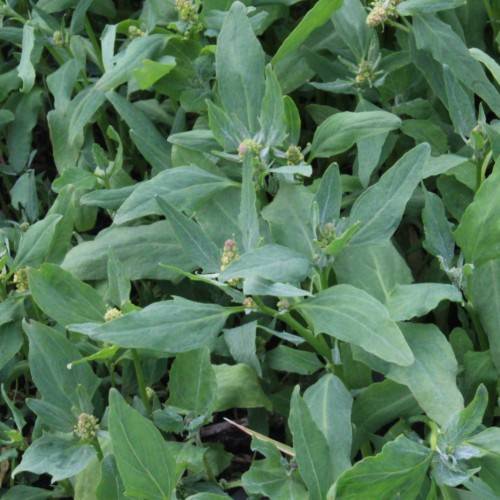
Saltbush
Atriplex nudicaulis
Also Known As - Baltic SaltbushWatering:
Minimal
Hardiness Zone:
Sun:
full sun,part shade
Fruits:
Fruits Ready In
Leaf:
Yes
Growth Rate:
Low
Drought Tolerant:
Yes
Salt Tolerant:
Yes
Care Level:
Low
watering
Belgian Saltbush should be watered deeply and infrequently. Water your Belgian Saltbush in late spring and then again in late summer if necessary. Be sure to provide the Saltbush with at least 1 inch of water. In regions with high temperatures and low rainfall, watering every 3 weeks or so may be necessary. Avoid watering too frequently which can result in root rot and/or disrupted growth. Do not water your Saltbush during the winter months when the plant is in a dormant state.
sunlight
Belgian Saltbush (Atriplex laciniata) thrives in full sun, needing at least 6 hours of direct sunlight each day. It should be planted in a location that receives full sun from early morning through late afternoon. It's important to note that this plant's growth may be stunted or become more susceptible to disease and insects if planted in partial shade or in deep, dark shade. Additionally, this plant may require supplemental irrigation during dry periods in order to remain healthy and disease-free.
pruning
Belgian Saltbush (Atriplex laciniata) should be pruned in late winter or early spring. The amount of pruning needed will depend on the size of the plant and the appearance desired. For established plants, minimal pruning should be conducted once a year, removing dead branches and any branches that are overgrown or obstructing walkways. For smaller and younger plants, more frequent pruning is recommended so that it can develop into a desired shape. This should be done by selectively removing new growth, as twisting branches may cause damage to the plant. To prevent over-pruning, limit yourself to removing no more than 20-30% of the total growth when pruning.
